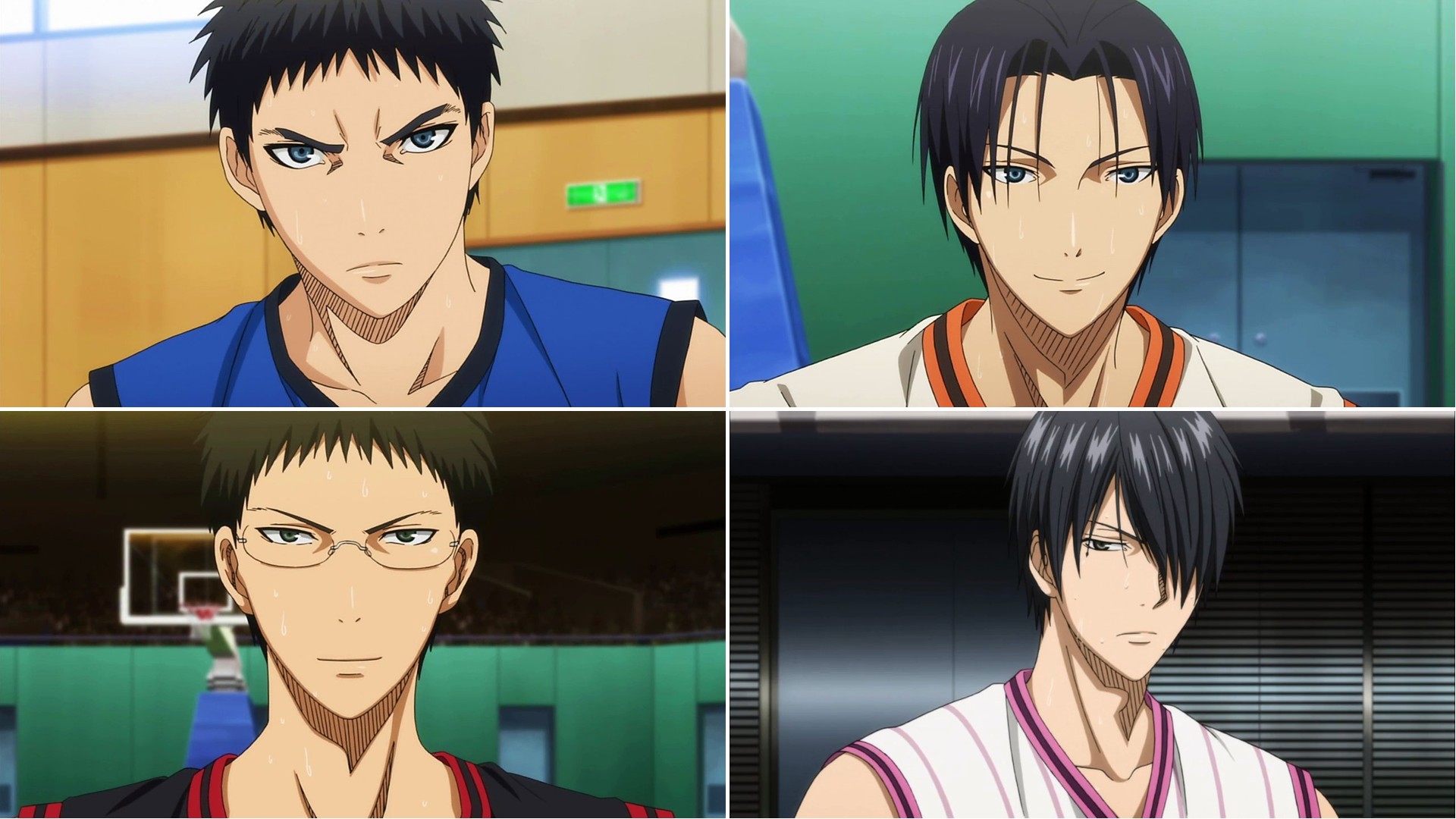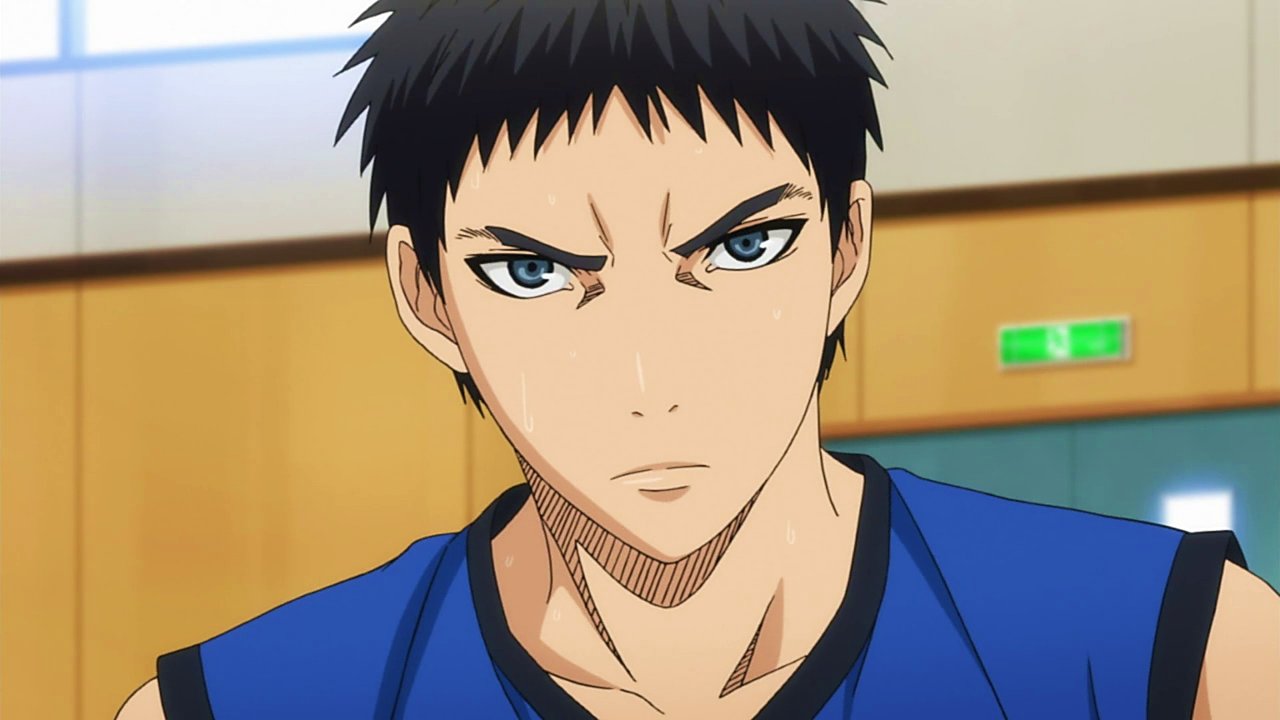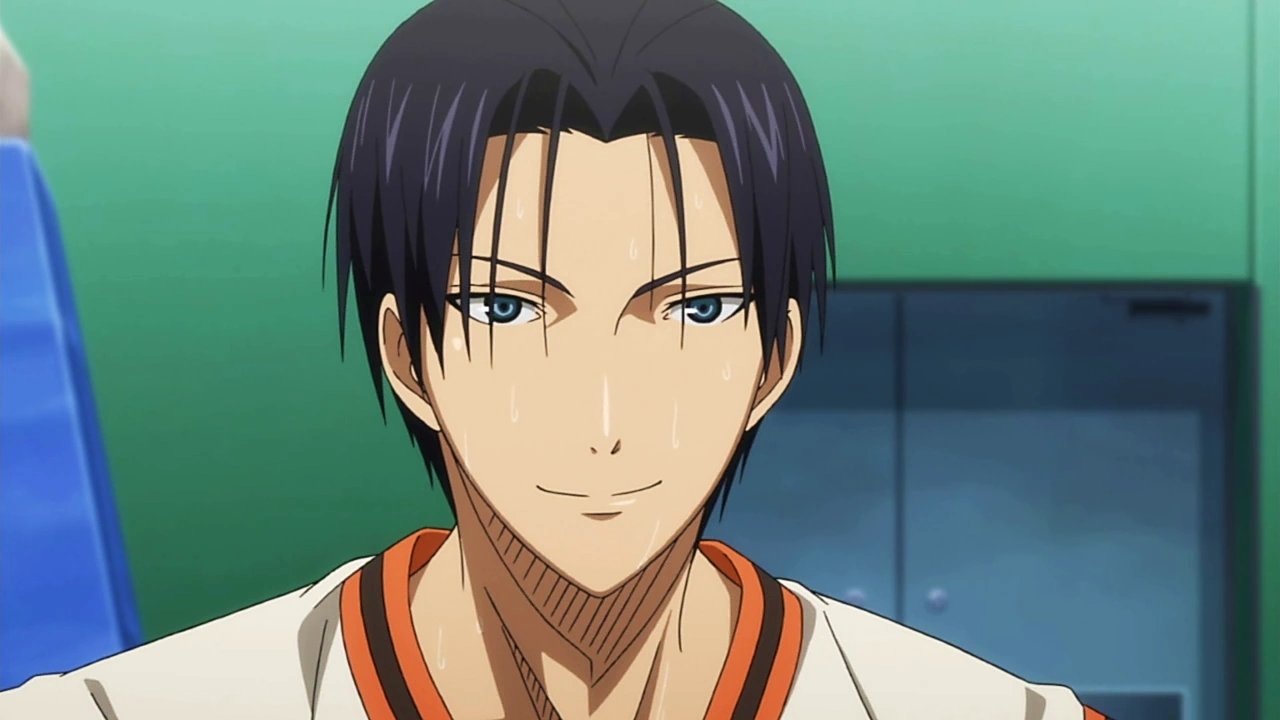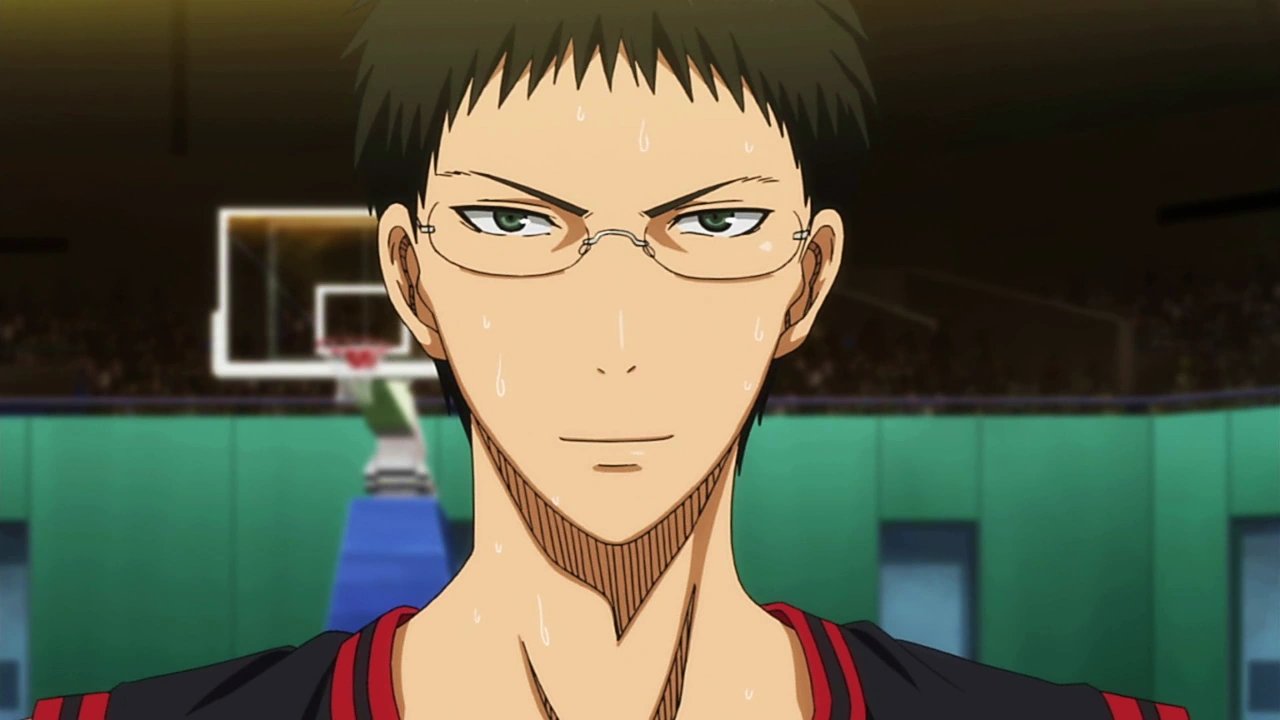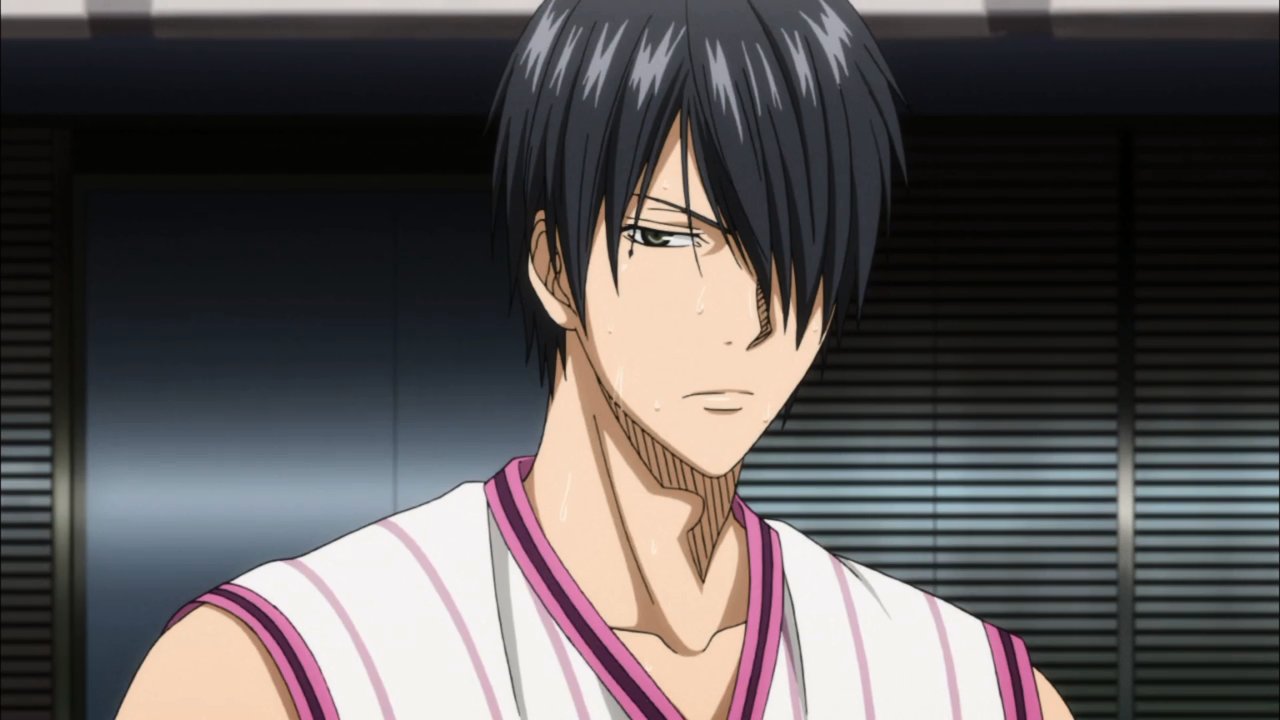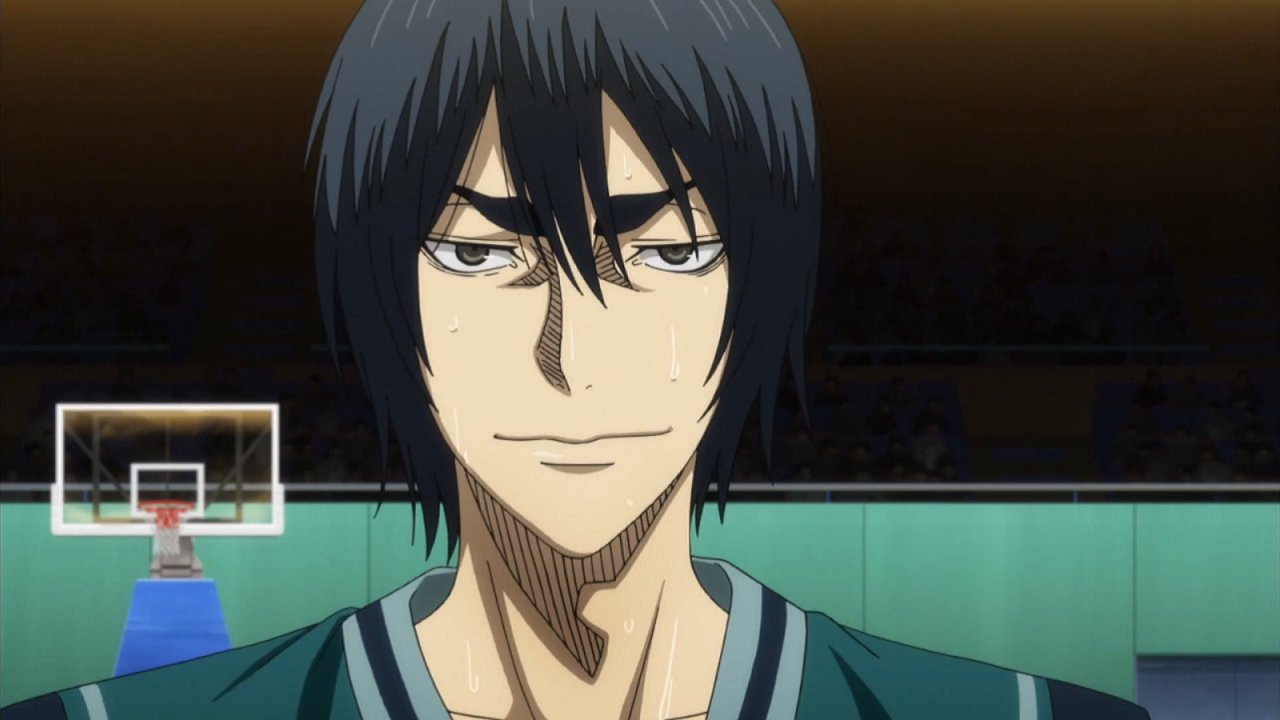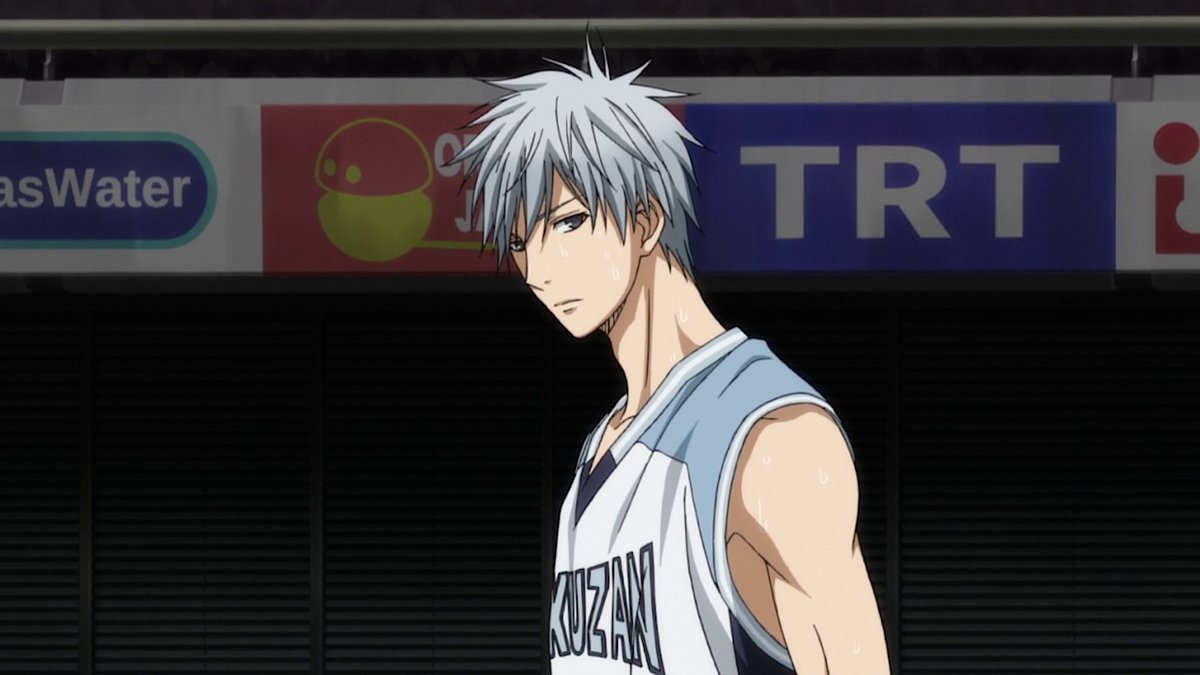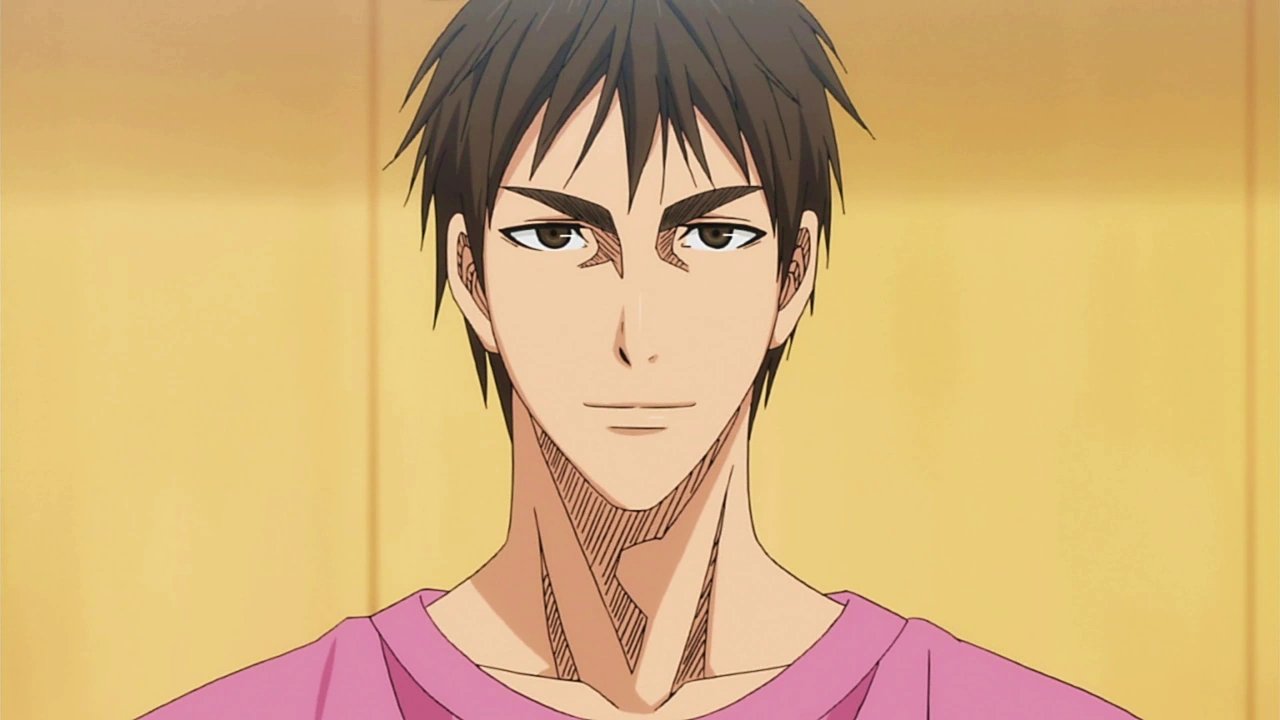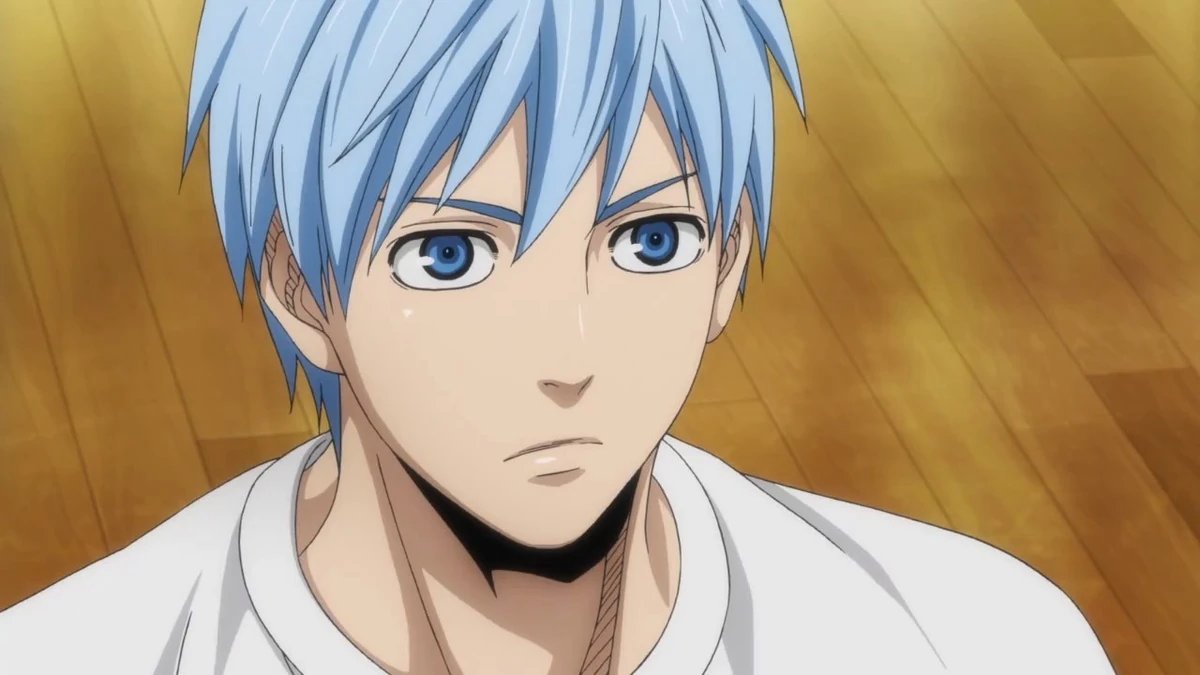This ranking looks at impact on winning, individual skill, special abilities and how players performed in the biggest games. It includes the Generation of Miracles, key rivals and the U.S. duo from the movie game. When order was close, I weighed how well a player’s strengths held up against elite defenses and whether they could raise a team’s ceiling in clutch time. Head-to-head performances and consistency mattered most.
Power alone does not decide games in Kuroko no Basuke. The series rewards synergy, IQ and timing as much as raw talent. Several entries rank higher than flashier names because they fit their roles and bend matchups in their favor. You will see defensive anchors, surgical shooters and floor generals who swing momentum with one decision. Every slot is earned by what we actually saw on the court.
#20 Kasamatsu Yukio
Kaijo’s captain brings leadership and on-ball pressure that lets stars breathe. Kasamatsu’s tight handle and quick first step create clean catch-and-shoot looks for teammates and he is fearless attacking bigger defenders to draw fouls. He keeps pace steady so Kaijo can run sets for Kise instead of drifting into chaos.
On defense, Kasamatsu fights over screens and contests without fouling, which is vital against sharpshooters like Hyuga or Midorima. He is not the biggest or fastest guard, but he tilts possessions with positioning and hustle. He wins the small battles that swing close quarters.
His ceiling is limited against top-tier athletes, which is why he opens the list. Still, Kasamatsu’s mix of poise, steals and clutch free throws makes him one of the most reliable captains in the series. He never beats himself and that matters in tournament play.
#19 Takao Kazunari
Takao is the eyes of Shutoku. His Hawk Eye vision reads full-court spacing in real time, which is why Midorima gets so many rhythm threes. He threads bounce passes through traffic and flips the floor with hit-ahead feeds before a defense sets. Few point guards anticipate rotations as well as he does.
He also bothers misdirection specialists because he keeps track of where players should be, not where the ball appears to go. That spatial map helps him tag cutters and stunt at shooters without overcommitting. Against Kuroko, Takao is one of the first to blunt disappearing acts. Awareness is his edge.
Takao’s scoring is serviceable, not elite. He picks spots with floaters and spot-up threes, but he is mainly a table-setter. In a series where stars soak up usage, that restraint is a feature. He maximizes the ace instead of fighting him for touches.
Also Read
10 phrases that sound supportive but are actually a subtle sign of manipulation
What keeps him below the top tier is limited shot creation against length. When primary actions stall, Takao still needs a star to finish the play. Even so, his vision, timing and synergy with Midorima define Shutoku’s identity. He sees the court like a puzzle and solves it early.
#18 Hyuga Junpei
Seirin’s captain is built for tense minutes. Hyuga hits clutch threes off screens, handoffs and kickouts and his footwork keeps him square even when chased. He is the guy you trust when a possession breaks late. His shot does not flinch under pressure.
Hyuga’s pump fakes and rhythm changes draw fouls on aggressive closeouts. He can settle Seirin when pace skews too fast, calling sets that free Kagami inside or Kuroko on a backdoor. Defense-wise, he competes above his size, angles drivers toward help and communicates switches cleanly. He is a culture setter.
He lacks the off-the-dribble burst of the top guards, which limits him against elite stoppers. But Hyuga’s shot selection and nerve shrink scoring droughts and buy time for runs. He knows when not to shoot, which is rare for a marksman.
Also Read
10 Phrases That Sound Supportive But Are Actually a Subtle Sign of Manipulation
In knockout games, Hyuga’s threes often cap momentum swings. That combination of timing and stability earns him a spot over flashier but less reliable wings. He is a closer by temperament even if he is not the best athlete. Big shots find him.
“Captains don’t panic.”
#17 Himuro Tatsuya
Himuro’s game is smooth. His Mirage Shot manipulates release timing and follow-through to freeze contests and his footwork strings together hesitations into clean midrange looks. He turns small gaps into tidy points.
He reads help early, hits simple kickouts and rarely forces drives into length. What keeps him from climbing higher are physical limits against power wings and elite rim protectors. Still, as a secondary scorer next to Murasakibara, he gives Yosen balance. He is calm in noise.
In rivalry moments with Kagami, Himuro’s poise stands out. He uses craft over brute force, testing a defender’s discipline for 40 minutes. When tempo slows, his style shines.
Also Read
People With Low Emotional Intelligence Often Miss These 6 Social Cues
#16 Hanamiya Makoto
Hanamiya is a tactician who weaponizes the gray areas. His trademark scheme, often called a “spider web”, crowds lanes with bumps, traps and perfectly timed digs to bait turnovers. He wins possessions before the ball crosses half court. He is relentless with the whistle.
On offense, he favors floaters and snaking pick-and-rolls to spot cutters. He is not a top-tier athlete, but he is a first-rate irritant who tilts games mentally. Against less disciplined teams, his approach snowballs. Frustration becomes points. He plays the long game.
There is a ceiling. When officials clamp down and opponents keep their cool, his team loses its edge. Without the psychological squeeze, Hanamiya’s shot creation looks ordinary. The plan needs chaos to thrive.
Still, as a game manager who turns pressure into mistakes, Hanamiya deserves recognition. His value is the rare ability to make skilled guards look rushed with perfectly placed traps. He bends tempo to his will.
Also Read
8 Weird Habits You Don’t Realize You Have From Growing Up In A “We Can’t Afford It” Household
#15 Mayuzumi Chihiro
Rakuzan’s “phantom” wing uses misdirection similar to Kuroko’s, slipping out of sight lines to appear for easy finishes. He thrives in structured sets where screens and decoys hide his approach. He sneaks into seams and cashes in.
Mayuzumi’s cutting is sharp and his timing with Akashi makes simple actions look lethal. He understands spacing and rarely overdribbles, which maintains Rakuzan’s pace. He plays like a shadow until he scores.
The downside is limited on-ball creation. Without the element of surprise, his impact dips and high-awareness defenders can track him through handoffs. His stamina with constant sprints is also a factor. He is best in short bursts.
Even so, being a second misdirection threat forces defenses to split attention away from Kuroko-like tricks. That alone carries value in tournament games. Rakuzan uses him as a changeup to keep scouting reports honest. He adds a layer.
Also Read
10 Phrases That Sound Supportive But Are Actually A Subtle Sign Of Manipulation
When opponents key on Miracles-level stars, Mayuzumi punishes the gap between rotations. It is a narrow specialty, but a real one that produces points on cue. Distraction becomes offense.
#14 Kiyoshi Teppei
Kiyoshi is Seirin’s anchor. His “Vice Claw” grip controls rebounds one-handed and his passing from the high post unlocks cutters for easy baskets. He stabilizes pace with screens and patient reads. He is a problem-solver in the paint.
Even while managing injury, he guards multiple positions with angles and strength. He blocks without chasing and boxes out to create runouts. On offense he mixes hooks, putbacks and kickouts that turn broken plays into second-chance points. He buys possessions.
Kiyoshi lacks the sheer vertical pop of the very top, which shows against freak athletes. But his blend of touch, vision and toughness makes Seirin whole. He raises everyone’s floor.
Also Read
8 Cringey Phrases Older Relatives Use at Family Dinners That Younger Guests Dread
#13 Kuroko Tetsuya
Kuroko breaks basketball rules with misdirection, turning attention itself into a weapon. His Ignite Pass and Ignite Pass Kai knife through gaps before help rotates and his Vanishing Drive flips defenders the wrong way at the last second. He changes what is guardable.
As teams adjust, Kuroko counters with Misdirection Overflow to shift focus onto teammates and a no-spin Phantom Shot that drops softly after confusing contests. He is not a volume scorer, but his passes create higher-value looks for finishers. He magnifies others.
His weakness is obvious: size and limited traditional defense. Against high-awareness guards like Takao or Akashi, windows close faster. But Seirin’s scheme protects him and his timing still cracks set defenses. He thrives in structure.
